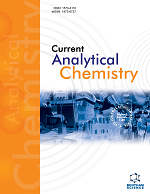
Full text loading...
We use cookies to track usage and preferences.I Understand
Nanoplastics (NPs) have emerged as a concerning environmental pollutant due to their ubiquitous presence and potential adverse effects on human health. This review aims to elucidate the routes of NP contamination and their associated toxic effects on various systems within the human body. The inhalation of NPs presents a significant route of exposure, where particles can deposit deep within the respiratory tract, leading to potential respiratory health complications. Similarly, ingestion of NPs through contaminated food and water sources poses a risk to gastrointestinal and urinary tract health. Additionally, dermal permeation of NPs highlights another avenue for exposure, raising concerns about skin health. The potential toxic effects of micro(nano)plastics (MNPs) on human health span across multiple physiological systems. MNPs have been implicated in respiratory ailments, gastrointestinal disturbances, cardiovascular complications, blood abnormalities, compromised immune responses, neurological impairments, and reproductive dysfunctions. Understanding these toxic effects is crucial for developing strategies to mitigate NP exposure and protect human health. This review underscores the urgent need for interdisciplinary research efforts aimed at assessing NP toxicity comprehensively and implementing measures to reduce NP contamination in the environment.

Article metrics loading...

Full text loading...
References


Data & Media loading...

